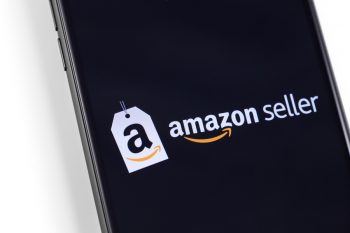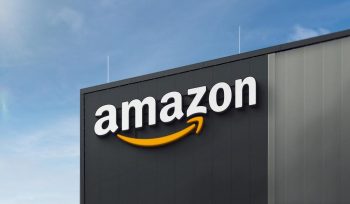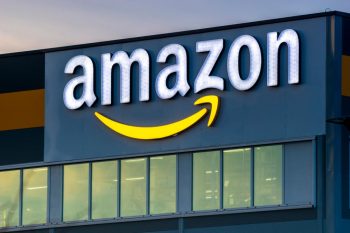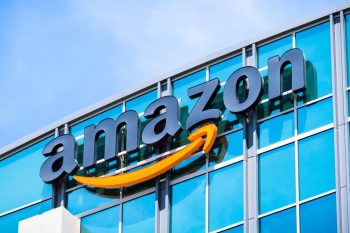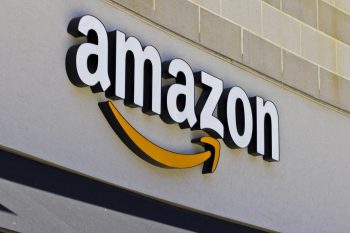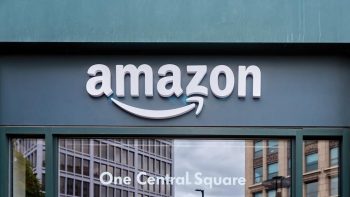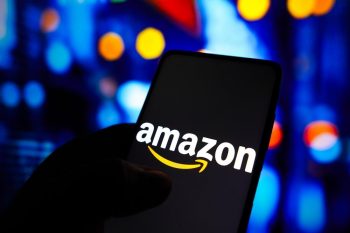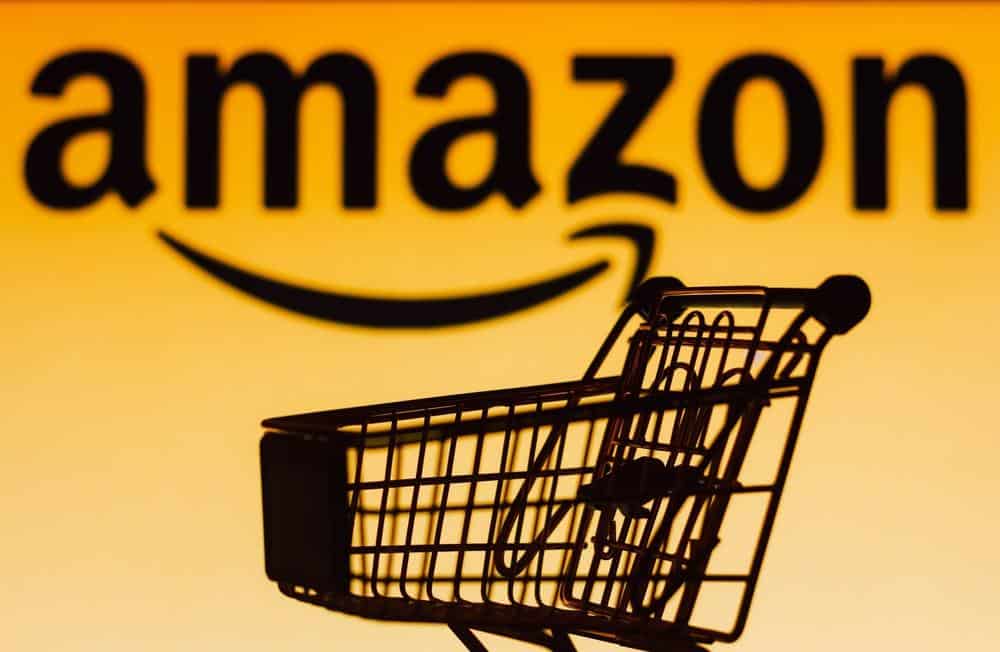
When it comes to Amazon returns, understanding the cost and who bears it can be a complex issue. With Amazon’s vast marketplace and a multitude of sellers, the policies can vary. This article aims to provide an all-in-one guide, detailing everything you need to know about who pays for Amazon returns.
The party responsible for paying for Amazon returns depends on the reason for the return and the seller’s return policy. If the return is due to a seller’s fault (e.g., wrong item, damaged product), the seller bears the cost. If the item is fulfilled by Amazon, Amazon may refund shipping costs under certain conditions. However, if the buyer changes their mind or makes a mistake, they may be responsible for the return shipping cost and restocking fees.
Amazon’s Return Policy
Amazon’s return policy generally allows buyers to return items within 30 days of receipt of shipment, with a few exceptions. The policy varies for different types of products:
- Standard products: Most new, unopened items sold and fulfilled by Amazon can be returned within 30 days of delivery.
- Amazon Renewed products: These can be returned within 90 days of receipt of shipment, or within 1 year for Renewed Premium products.
- Amazon Warehouse products: Used or open-box items can be returned within 30 days of receipt of shipment.
- Fashion items: Some fashion items are eligible for free returns within 30 days of receipt.
Who Bears the Cost of Amazon Returns?
The party responsible for paying the return shipping costs depends on the reason for the return and the seller’s return policy. In general, if the return is due to a seller’s fault (e.g., wrong item, damaged product), the seller is responsible for the return shipping costs. If the item is fulfilled by Amazon, the company may refund shipping costs depending on various conditions.
If the buyer changes their mind or makes a mistake, they may be responsible for the return shipping cost and restocking fees. Amazon has introduced a $1 fee on some returns, marking a shift from its previous policy of free returns. This fee applies when there is a Whole Foods, Amazon Fresh, or Kohl’s closer to the customer’s delivery address, which are still free return options.
Impact of Returns on Sellers
Amazon returns can significantly impact sellers, particularly small businesses. High return rates can harm a seller’s rating, lead to negative reviews, and result in a loss of sales and revenue. In addition, managing returns adds an additional layer of complexity to a seller’s logistics.
Strategies to Minimize the Cost of Returns
Amazon employs various strategies to minimize the cost of returns. These strategies include providing accurate product descriptions, using high-quality images, offering sizing guides, responding promptly to customer inquiries, and encouraging customer reviews. By focusing on improving the customer experience and setting clear expectations, sellers can reduce the likelihood of returns and protect their businesses from the negative effects of returns on Amazon.
Conclusion
In conclusion, the cost of Amazon returns is borne by different parties depending on the reason for the return and the seller’s return policy. While Amazon’s return policy has evolved over the years to balance customer satisfaction with the financial and environmental challenges posed by returns, it continues to face challenges in managing returns effectively. By understanding the policies and strategies associated with Amazon returns, both buyers and sellers can make informed decisions and navigate the process more effectively.
Frequently Asked Questions
What is Amazon’s return policy for third-party sellers?
Amazon’s return policy for third-party sellers requires that they offer a return policy that is at least as favorable as Amazon’s. However, the specifics may vary depending on the individual seller’s policy.
What happens if a returned item is lost in transit?
If a returned item is lost in transit and the return was managed through Amazon’s Online Returns Center, Amazon will automatically refund the customer, without further impacting the seller. If not, the responsibility may fall on the customer or the seller depending on the specifics of the situation.
How does Amazon handle fraudulent returns?
Amazon has measures in place to detect fraudulent return activity and can take action including closing the customer’s account. Sellers who suspect fraudulent return activity can report it to Amazon.
What is a restocking fee and when is it charged?
A restocking fee is a percentage of the item’s price that may be deducted from the refund if the return is due to the buyer’s change of mind, or if the item is not returned in the same condition it was received. The specifics can vary depending on the seller’s policy and the type of product.
What is Amazon Renewed and Amazon Warehouse?
Amazon Renewed offers certified refurbished, pre-owned and open-box products that have been inspected and tested to work and look like new. Amazon Warehouse deals with returned, warehouse-damaged, used, or refurbished products that are in good condition but do not meet Amazon’s standards as “new”.

